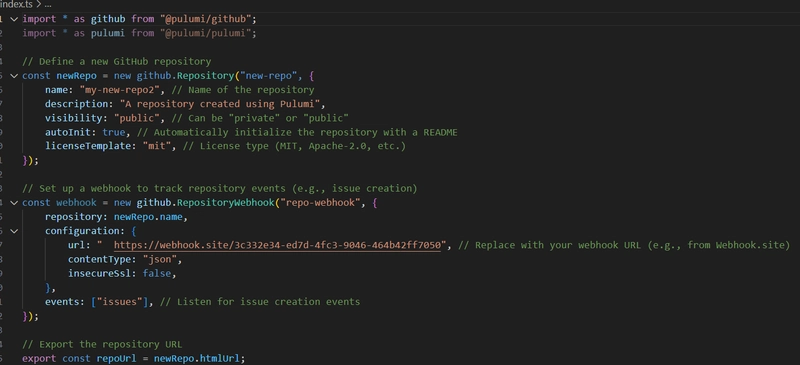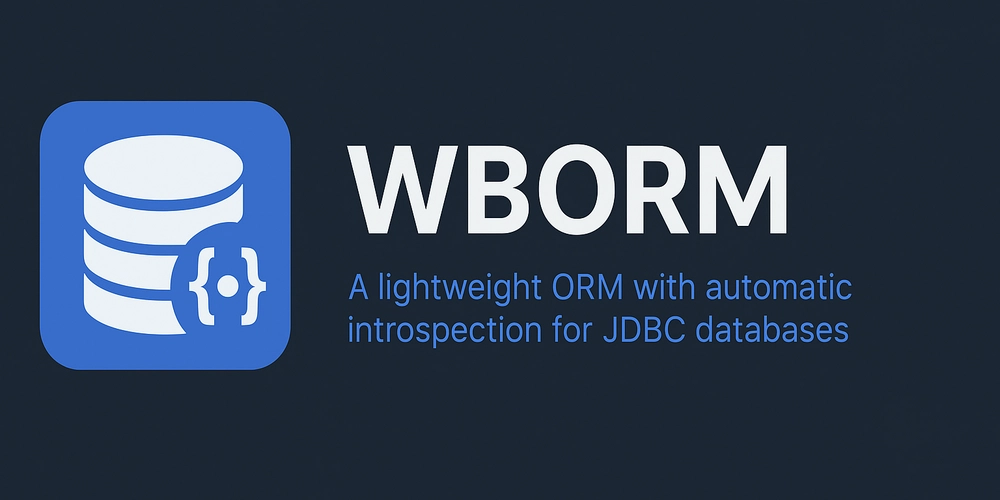ReactJS Internals #1
Why Do We Need ReactJS or Any JavaScript Library? When we click on an anchor tag in a traditional website, the browser reloads the entire page. This isn't ideal for SaaS products, where speed and smooth user experience are crucial. ReactJS (or similar libraries) solves this by maintaining a virtual representation of the DOM—an object-based structure that mirrors the actual HTML DOM. Instead of reloading the entire page on every interaction, React updates only the necessary parts. This optimization is powered by React Fiber, which efficiently reconciles changes and schedules updates. The process of identifying and applying these changes is handled by UnitOfWork(), ensuring that only the modified elements are updated on the screen, keeping performance smooth and efficient. This approach makes ReactJS a powerful choice for building dynamic and responsive SaaS applications.

Why Do We Need ReactJS or Any JavaScript Library?
When we click on an anchor tag in a traditional website, the browser reloads the entire page. This isn't ideal for SaaS products, where speed and smooth user experience are crucial.
ReactJS (or similar libraries) solves this by maintaining a virtual representation of the DOM—an object-based structure that mirrors the actual HTML DOM. Instead of reloading the entire page on every interaction, React updates only the necessary parts.
This optimization is powered by React Fiber, which efficiently reconciles changes and schedules updates. The process of identifying and applying these changes is handled by UnitOfWork(), ensuring that only the modified elements are updated on the screen, keeping performance smooth and efficient.
This approach makes ReactJS a powerful choice for building dynamic and responsive SaaS applications.












































































































































































![[The AI Show Episode 142]: ChatGPT’s New Image Generator, Studio Ghibli Craze and Backlash, Gemini 2.5, OpenAI Academy, 4o Updates, Vibe Marketing & xAI Acquires X](https://www.marketingaiinstitute.com/hubfs/ep%20142%20cover.png)



























































































































![[FREE EBOOKS] The Kubernetes Bible, The Ultimate Linux Shell Scripting Guide & Four More Best Selling Titles](https://www.javacodegeeks.com/wp-content/uploads/2012/12/jcg-logo.jpg)



![From drop-out to software architect with Jason Lengstorf [Podcast #167]](https://cdn.hashnode.com/res/hashnode/image/upload/v1743796461357/f3d19cd7-e6f5-4d7c-8bfc-eb974bc8da68.png?#)






































































































.png?#)




.jpg?#)































_Christophe_Coat_Alamy.jpg?#)






































































































![Rapidus in Talks With Apple as It Accelerates Toward 2nm Chip Production [Report]](https://www.iclarified.com/images/news/96937/96937/96937-640.jpg)









































































































































